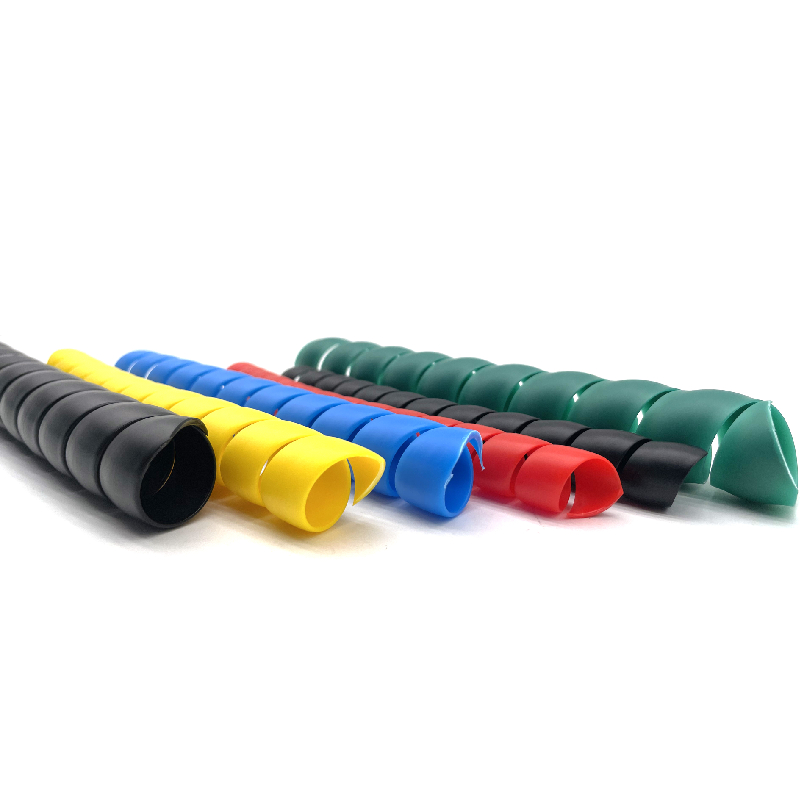power steering hose size
When discussing vehicles and their components, the power steering system plays a crucial role in ensuring smooth maneuverability. One essential element of this system is the power steering hose, which connects the power steering pump to the steering gear or rack. Understanding the size and specifications of these hoses is critical for proper installation and function.
Power steering hoses are designed to withstand high pressures, as they are often the conduit for hydraulic fluid that assists in turning the vehicle's wheels. There are generally two types of power steering hoses the high-pressure hose and the low-pressure return hose. The high-pressure hose, which is typically smaller in diameter, carries fluid from the pump to the steering gear. Conversely, the low-pressure return hose, which is larger in diameter, allows the fluid to return to the pump after it has assisted in steering.
The size of a power steering hose is typically measured in inches or millimeters in diameter and can vary based on the make and model of the vehicle. For instance, a common size for high-pressure hoses is 5/16 inches, while low-pressure hoses may measure around 3/8 inches to 1/2 inches in diameter. It's important to use the correct size for your specific vehicle to avoid leaks, reduced performance, or even damage to the steering system.
power steering hose size

When replacing power steering hoses, it's crucial to consider not just the diameter but also the hose's length and the material construction. Most hoses are made from reinforced rubber or thermoplastic materials, which provide flexibility while resisting the degradation of hydraulic fluids. Additionally, some hoses are fitted with clamps or connectors that may have specific requirements for a secure fit.
Installation of the power steering hose should always be done carefully, ensuring that all connections are tight and that there are no kinks or sharp bends that could hinder fluid flow. After installation, it’s recommended to bleed the system to remove any air pockets, as these can cause erratic steering behavior.
In conclusion, understanding power steering hose size is essential for maintaining optimal vehicle performance. Whether you’re a DIY enthusiast or a professional mechanic, being aware of the specifications related to your vehicle's power steering system is vital. Proper installation and maintenance of the right-sized hoses contribute significantly to the longevity and reliability of the steering system, ensuring a smooth driving experience. Always refer to your vehicle’s service manual for specific guidelines regarding power steering hose size and other related specifications.
-
Ultimate Spiral Protection for Hoses & CablesNewsJun.26,2025
-
The Ultimate Quick-Connect Solutions for Every NeedNewsJun.26,2025
-
SAE J1401 Brake Hose: Reliable Choice for Safe BrakingNewsJun.26,2025
-
Reliable J2064 A/C Hoses for Real-World Cooling NeedsNewsJun.26,2025
-
Heavy-Duty Sewer Jetting Hoses Built to LastNewsJun.26,2025
-
Fix Power Steering Tube Leaks Fast – Durable & Affordable SolutionNewsJun.26,2025

